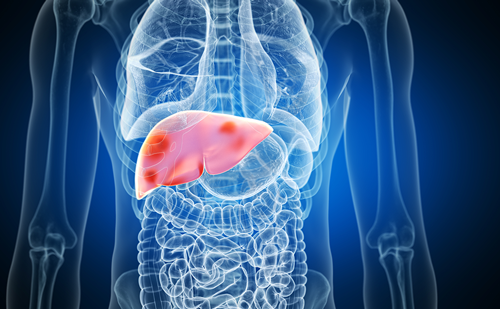Is Continuous Glucose Monitoring Underappreciated in the UK?
Abstract:
Overview
I ntroduction: Information about continuous glucose monitoring (CGM) use in the UK is limited. We conducted an online survey of a representative sample of current CGM users in England, Scotland and Wales to address this deficit. Methods: The 29-item online survey was conducted between 29 December 2016 and 25 January 2017. Persons with type 1 diabetes (T1D) and caregivers of T1D children/ adolescents were recruited from mailing lists, using Nielsen and Harris Polling databases. Results: 315 patients and caregivers responded to the survey – 170 adult patients and 145 caregivers. Among respondents, 144 received full funding for CGM use, 72 received partial funding and 83 received no funding. Most reported improvements in glycated haemoglobin (HbA1c) (67.0%), fewer hypoglycaemia episodes (70.2%), improved hypoglycaemia awareness (77.5%) and better diabetes management (92.4%). Self-funders reported significantly higher CGM use (76.1%) than those who were fully funded (58.9%) and/or partially funded (65.9%), p=0.0008. Fewer than 50% of all respondents reported receiving guidance in interpreting CGM data from their diabetes care team; 30.1% of self-funders reported receiving no CGM support from their diabetes team compared with fully funded (2.8%) and partially funded (1.4%) respondents, p<0.0001. Conclusions: Patients with T1D and their caregivers are realising benefits from CGM use but are largely unsupported by the UK healthcare system.
Keywords
Continuous glucose monitoring
(CGM), insulin, multiple daily insulin
injections (MDI), type 1 diabetes, selfmonitoring
of blood glucose (SMBG)
Article:
Article Information:
Disclosure
Christopher G Parkin has received consulting
fees from CeQur, Dexcom, Inc., Insulet, Mannkind, Roche
Diabetes Care and Senseonics. Melissa Holloway is Chief
Adviser of INPUT Patient Advocacy and has received
consulting fees from Dexcom, Inc. and Ascensia Diabetes
Care UK Limited. Jeffrey Truesdell and Tomas C Walker
are employees of Dexcom, Inc. Dexcom, Inc., provided
funding for the development of this manuscript.
Correspondence
Christopher G Parkin,
CGParkin Communications, Inc., Boulder
City, NV, US. E: chris@cgparkin.org
Support
The publication of this article was
supported by Dexcom, Inc. The views and opinions
expressed are those of the authors and do not
necessarily reflect those of Dexcom, Inc.
Access
This article is published under the
Creative Commons Attribution Noncommercial License,
which permits any non-commercial use, distribution,
adaptation and reproduction provided the original
author(s) and source are given appropriate credit.
Received
2017-06-29T00:00:00







